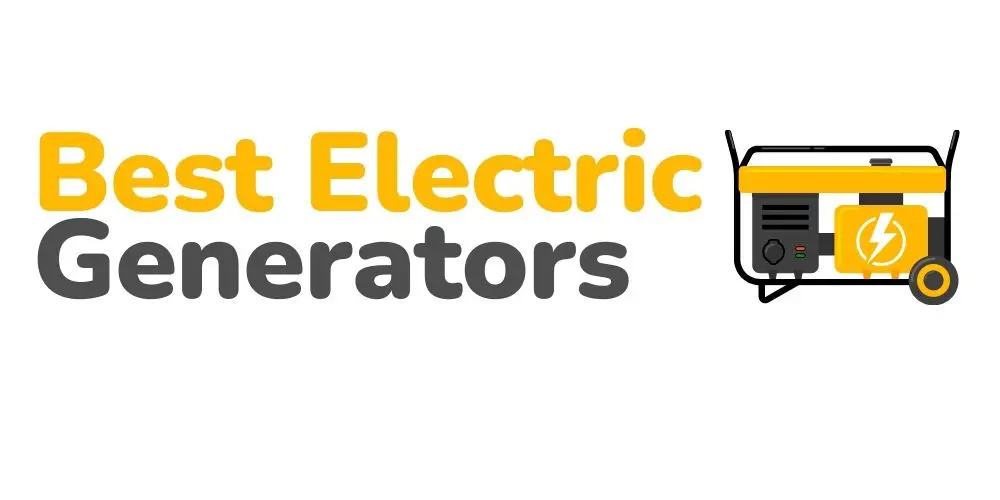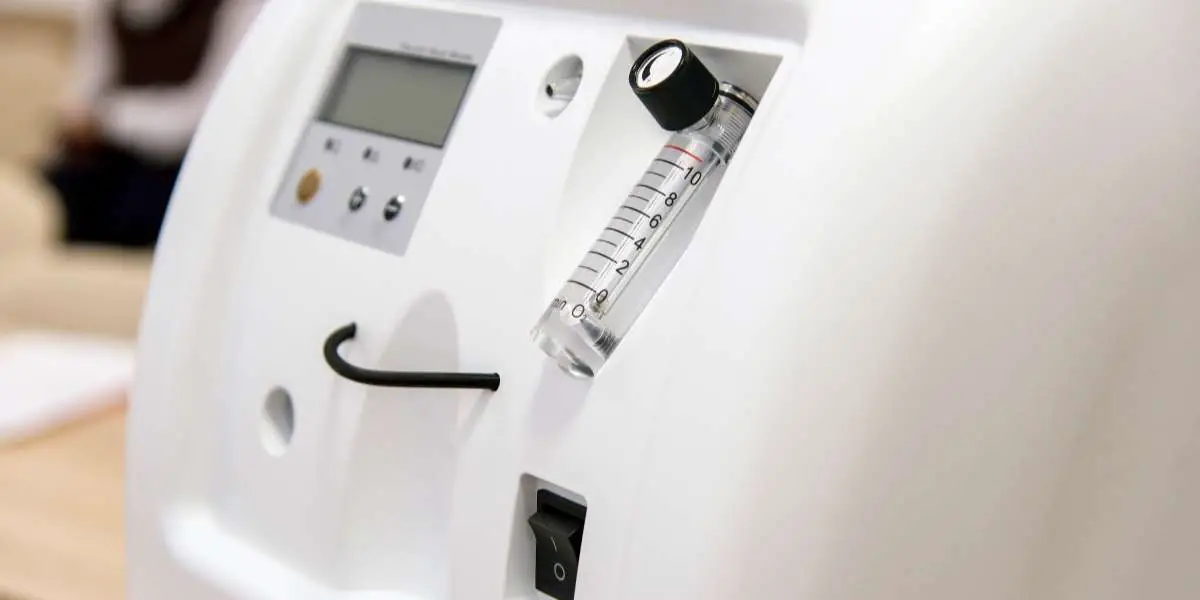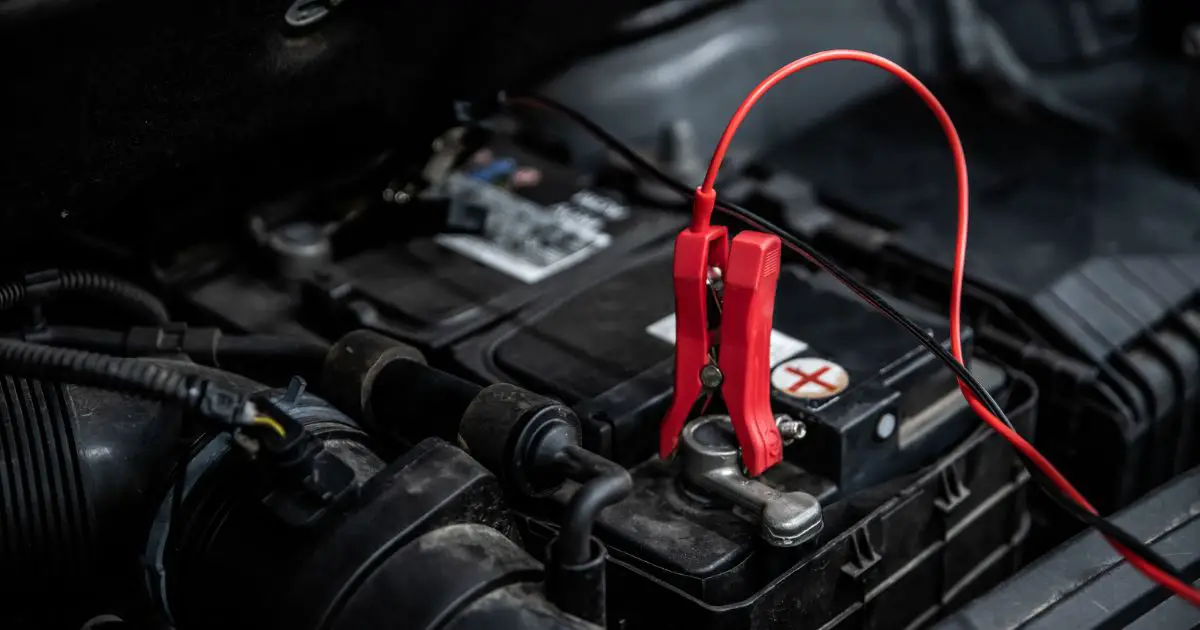If you’ve ever needed to run a medical device such as an oxygen concentrator during a power outage, you know how frustrating it can be. Not only do you have to worry about how to keep your loved ones safe and healthy, but you also have to figure out how to keep their life-saving appliances running too.
Oxygen concentrators are an essential part of the lives of many people who rely on them for daily use (and even those who don’t!). They help people with various lung diseases breathe easier, but they require consistent power to work properly. If there’s no power available during an outage, then suddenly, these people are in danger of losing their ability to breathe—which is exactly why generators are so important!
A generator with its ability to provide consistent runtime is critical for oxygen concentrators. However, what size generator do you need to efficiently run an oxygen concentrator? The answer varies from one patient to another based on the model and makes of their machine, along with the amount of power it draws at any given time.
So What Size Generator Do I Need For An Oxygen Concentrator?
Oxygen concentrators are a common choice for patients who have chronic respiratory diseases like asthma and COPD, as well as patients who are recovering from surgery or other medical conditions.
Oxygen concentrators do more than simply provide oxygen to their users—they also take away carbon dioxide, which helps to reduce instances of hypercapnia (or “over-breathing”) that can cause serious complications. They do this by removing oxygen from the air in the room and compressing it into liquid form, which is then stored in an attached tank for later use.
The power consumption of oxygen concentrators varies according to the model, but most of them fall within the range of 75 Wh to 300 Wh. This means that you can run an oxygen concentrator on a generator with 600 to 1400 wattage output. If you’re looking for a generator just to power your oxygen concentrator, you’ll need to find one that has at least 700 watts of continuous output capacity. The best option is a gasoline-powered generator since these are quiet, portable, and easy to refuel. If you’d prefer a more environmentally friendly option, you may want to consider solar-powered generators instead.
How Many Watts Does It Take to Run an Oxygen Concentrator?
Oxygen concentrators have to deal with some very difficult engineering challenges to maintain a steady stream of oxygen. These machines absorb oxygen from the air, which is why they require a power source—without it, they wouldn’t be able to keep up with the demand for oxygen.
The most common and affordable type of oxygen concentrator has a motor that moves a fan at high speeds to pull in air. That air then passes through a membrane where the oxygen is separated and piped out as pure, clean gas. This process is powered by electricity, and the amount of energy it takes to run an oxygen concentrator varies depending on two factors: the airflow rate (how much air passes through it per minute) and the level of concentration (how much oxygen is separated from each breath).
The simplest way to look at this is by using the numbers provided by the manufacturer—the 2.5 L/min oxygen concentrator will require ~75 Wh, while the 10 L/min version will need ~300 Wh.
The reason these numbers only give a rough estimate, however, has to do with how oxygen absorption works in this type of device. In other words: not all watts are created equal.
A high-quality oxygen concentrator will have an absorption efficiency of 90-95%, but the ones that fall on the lower end of this spectrum can make it, so your machine has to work harder to produce the same amount of oxygen.
The numbers provided by the manufacturer are only estimates, but they become even less reliable when you throw in room temperature and humidity levels. Humidity will increase the delivery rate while lowering its overall lifetime, while low temperatures will do the opposite by making the output rate slower and extending its life span.
Which Generator Is Best for Oxygen Concentrator
Medical emergencies can happen any time—it’s just a matter of being prepared. And one of the most important things you need to be prepared for is making sure that your oxygen concentrator keeps running during a power outage.
Sure, you can run extension cords from other rooms in your house or even from neighbors’ houses, but that’s not always convenient or safe. You want something compact and reliable that will keep your oxygen concentrator running for as long as possible—and that’s where A-IPower AP1500i 1500-Watt Gas Powered Portable Inverter Generator comes in.
This generator is powered by 79cc OHV 4-Stroke engine, which means it can start quickly and run efficiently. It’s capable of starting up with 1500 starting watts and provides 1200 watts of running power, so it’s more than enough to keep your concentrator running in the event of an emergency. The low oil alert warning helps you monitor the amount of oil in your generator and avoid damage before it happens. And if you need to use your generator for extended periods of time, you’ll be glad to know that this model has an auto switch-off functionality that extends its working life.
The A-IPower AP1500i weighs just 46 pounds—about as much as a small child—and comes with two 12V DC charger ports so you can charge other devices while using it yourself. Further boasting just 52 decibels of noise level, this generator is perfect for keeping your family safe and comfortable during an emergency.
Can I Run Oxygen Concentrator on An Inverter Generator?
If you have an oxygen concentrator, you need to be able to keep it running.
You know that a power outage is the last thing you want to happen. But what if one does? What are your backup options?
The truth is that many medical equipment companies recommend using an inverter generator for your home or business. An inverter generator can provide continuous power in case of a power outage, and it can run devices like oxygen concentrators without any issues.
That said, it’s important to find an inverter generator that meets your needs—and not all generators are created equal! You want to make sure your generator can handle the load being placed on it by your equipment. For example, an oxygen concentrator uses around 75 watt per hour to 300 watt per hour—so if you’re looking at buying a generator but don’t know how much power it will provide, check the specs on the product page or contact the customer service before making a purchase!
But in general, any inverter generator with a rated power of at least 600 watts will be able to power an oxygen concentrator. And if you’re looking for a generator that will be able to handle the occasional power outage and occasional use of your oxygen concentrator, a gasoline-powered generator is a great option.
Conclusion
So, there you have it—the basics of what you need to know in order to run an oxygen concentrator during a power outage. Generators with their ability to provide consistent runtime are critical for these machines, and a generator with 700 watts of continuous output capacity is a good place to start. And if you’re looking for an even more environmentally friendly option, consider a solar-powered generator.


